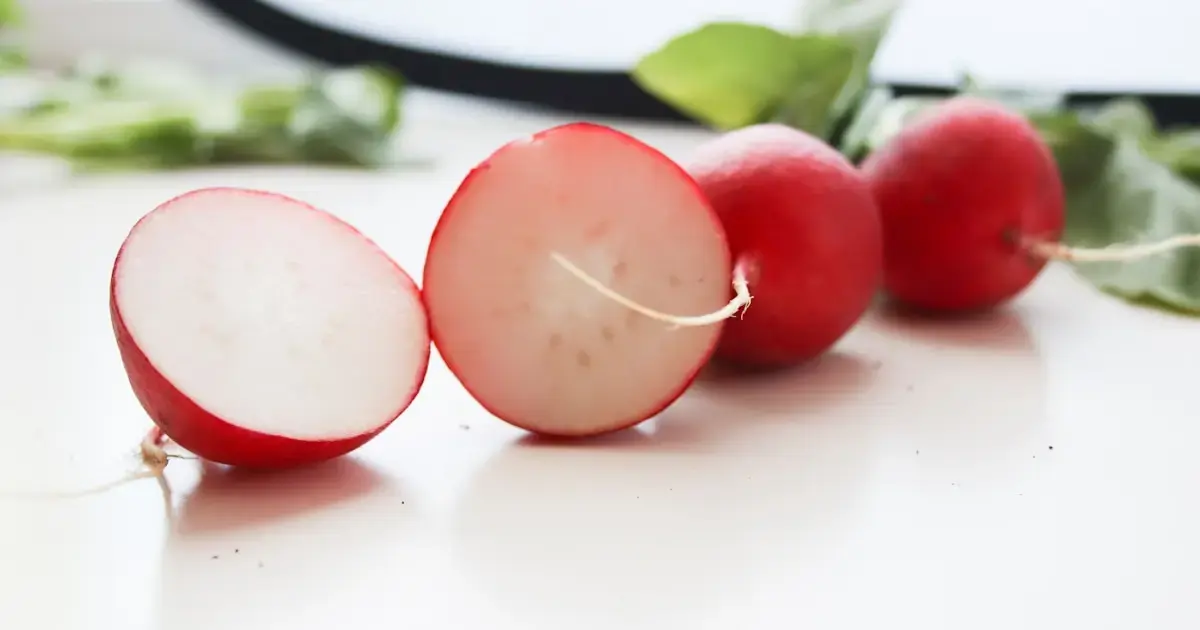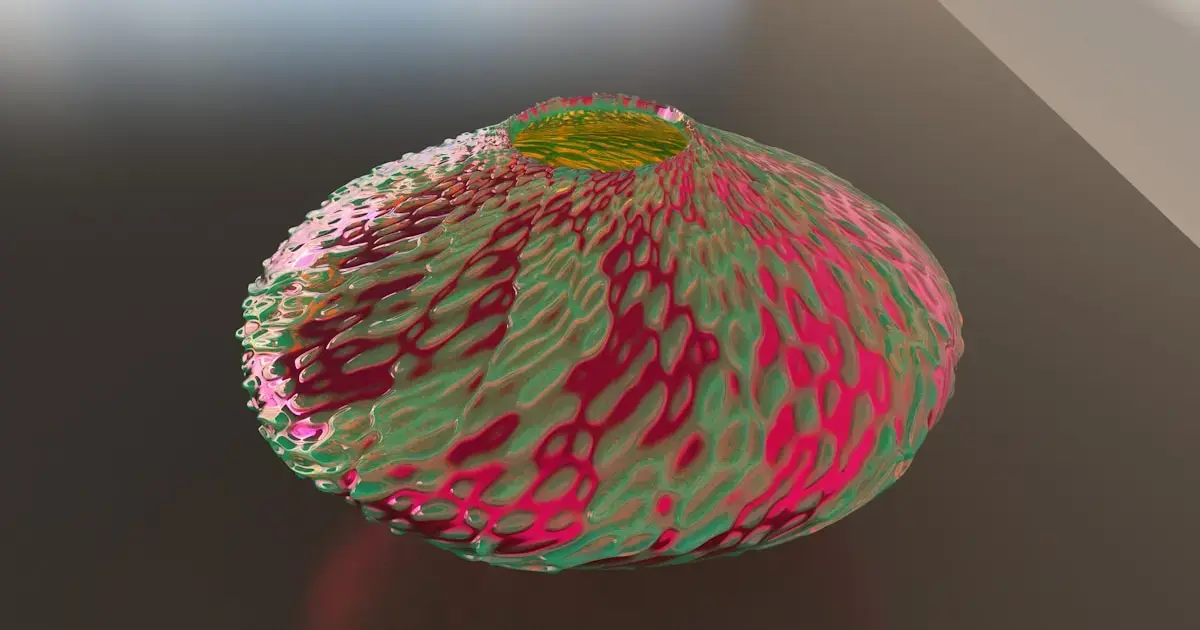 Researchers from the University of Plymouth have issued an urgent warning about the dangers of consuming vegetables. The issue is that scientists have discovered thousands of hazardous plastic particles in the edible parts of these vegetables.
Researchers from the University of Plymouth have issued an urgent warning about the dangers of consuming vegetables. The issue is that scientists have discovered thousands of hazardous plastic particles in the edible parts of these vegetables.
Using as a case study, the team investigated how nanoplastic particles infiltrate vegetables and spread within them during the growing process.
Nanoplastics are defined as particles ranging from 1 nanometer to 0.001 millimeters, making them smaller than microplastics, which measure from 0.001 millimeters to 5 millimeters.
This dangerous plastic can spread and accumulate in the edible parts of plants. While the researchers focused on radishes, they believe their findings apply to other vegetables as well.
“There is a clear likelihood that nanoplastics are entering various types of produce grown around the world,” said Dr. Nathaniel Clark, the lead author of the study.
What Did the Scientists Discover?
and nanoplastics can be found almost everywhere on Earth—from the depths of the Mariana Trench to the summit of Mount Everest. However, the presence of plastic in vegetables has remained a mystery until now.
To get to the bottom of this, the researchers placed radishes in a hydroponic growing system, allowing the vegetable’s roots to come into contact with a solution containing microplastic particles. After five days, the team checked how deeply the nanoplastics had penetrated the plant.
The results showed that about 25 percent of all the plastic reached the edible fleshy root, while 10 percent made it to the shoots, as reported by Daily Mail.
“Inside the roots of plants, there is a layer known as the Casparian strip, which acts as a sort of filter against potentially harmful particles. This is the first study to demonstrate that nanoplastic particles can overcome this barrier and accumulate in plants, subsequently being passed on to those who consume them,” Dr. Clark noted.

Using similar methods, researchers also found traces of plastic particles in various types of shellfish and fish.
“These results should not come as a surprise. After all, in all our previous work, we found microplastic contamination everywhere we looked. However, this study provided clear evidence that particles from the environment can accumulate not only in seafood but also in vegetables,” said Professor Richard Thompson, the lead author of the study.
Since plastics contain chemicals considered toxic or carcinogenic, the accumulation of microplastics in vegetables and other food products could pose a threat to human health.
Studies on rodents have shown that exposure to high concentrations of microplastics leads to organ damage, including the intestines, lungs, liver, and reproductive system.
Previous studies on humans have identified potential impacts of plastic particles on cardiovascular and intestinal health.
Photo: Unsplash
